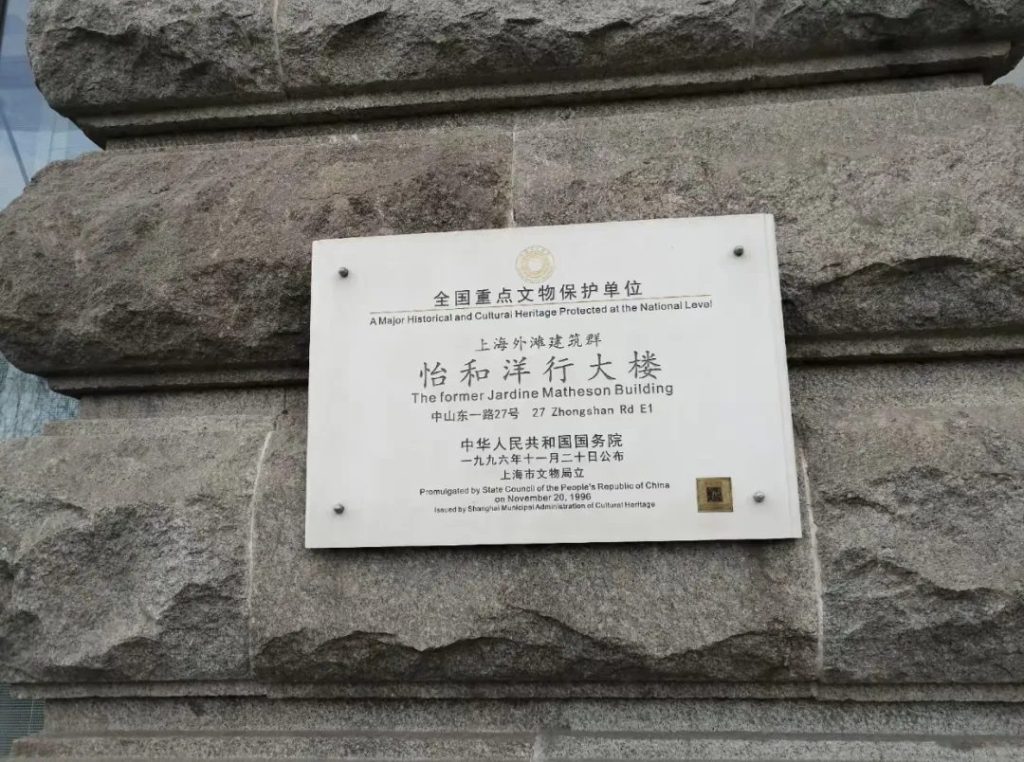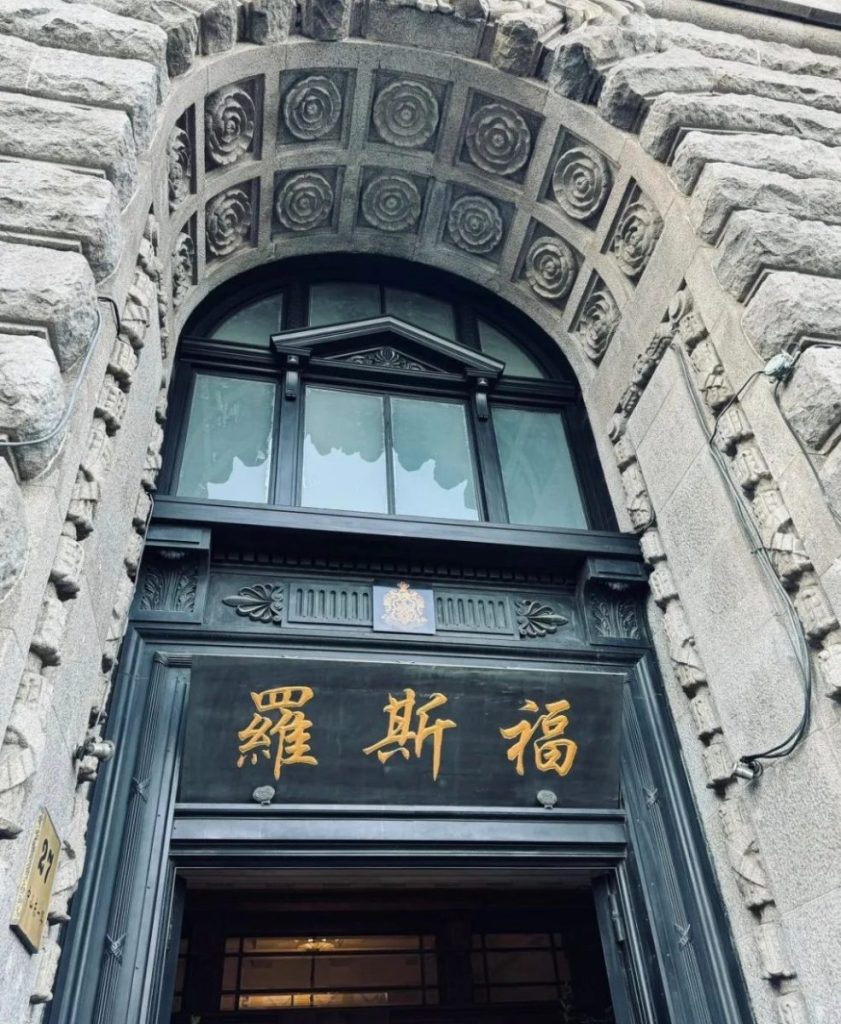The Jardine Matheson Building is one of the most famous historical buildings in the Bund complex in Shanghai, China. It is also a national cultural relics protection unit in China. It has witnessed the historical changes in Shanghai since 1843 when the city was opened to foreign trade.

History of Jardine Matheson
In 1832, two Scottish merchants, William Jardine and James Maddison, founded Jardine Matheson in Guangzhou. Initially, they were mainly engaged in the tea and trading business, but their business expanded rapidly and they became one of the largest foreign firms in China at that time, known as the “King of Foreign Firms”. 1843, Jardine Matheson set up a branch in Shanghai, one of the earliest foreign firms to enter the city, and in 1844 they bought a piece of land at the mouth of Peking East Road on the Bund in Shanghai and built the first building. In 1844, they bought a piece of land at the mouth of Beijing East Road on the Bund and built the first “Old Jardine Matheson” office building.
In addition to trading, Jardine Matheson invested in many important projects such as railroads, shipyards and factories, and in 1898, they partnered with HSBC to set up the “Sino-British Banking Company”, which financed and participated in the construction and operation of many railroads in China. Jardine Matheson also introduced China’s first elevator and other industrial equipment, contributing to China’s modernization.
After 1949, Jardine Matheson’s presence in mainland China dwindled, and in 1954 the last office was closed and the headquarters moved to Hong Kong. 1955 onwards, the building was used by the Shanghai Bureau of Foreign Trade, and in 2008 the Roosevelt family transformed the building into a high-class clubhouse, with Asia’s largest wine cellar and a private club, while the 6th floor became home to the Jiu Jiu Museum of Fine Arts.

Jardine Matheson Building Architectural Style: An Exemplar of Neoclassicism
The Jardine Matheson Building was designed by British architect Si Jiu Sheng and constructed by the Chinese construction company Yu Chang Tai, and was completed between 1920 and 1923. Covering an area of 2,100 square meters and a floor area of 14,300 square meters, the building was one of the grandest buildings in Shanghai at that time.
Its architectural style is neo-classical with baroque decorations. The building is in the shape of a “concave”, with main facades on the east, west and north sides, which is very rare among the buildings on the Bund in Shanghai.
– The exterior of the building is characterized by:
– The first and second floors are made of rough granite, with tall semi-circular arches for the windows.
– The middle part of the third to fifth floors has four tall Corinthian stone columns with distinctive decorative capitals.
– The roof was originally a terrace with a stone balustrade and flagpole, and later two additional floors were added in the 1930s and 1983.
The overall look of the building is dignified and sophisticated, with high-grade materials and ornate decorations, showing the wealth and status of Jardine Matheson in those days.
The Jardine Matheson Building today
The building is not only a historical site, but also a meeting point of modern culture and commerce. Carefully restored, the building has retained its original mosaic floors, wooden decorations and distinctive details such as the VIP lounge.
Today, it houses both fine restaurants and bars, as well as art exhibition spaces, such as the Jiuzhi Art Museum, which regularly hosts exhibitions by domestic and international artists.
If you are traveling to Shanghai, why not visit the Jardine Matheson Building on the Bund and experience the unique charm of this century-old building?
